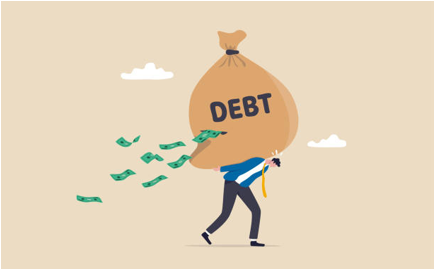آئی این پی ویلتھ پی کے
Moaaz Manzoor
Pakistan’s improving fiscal posture, marked by a declining debt-to-GDP ratio, gives the government room to pivot to growth-oriented sustainable sectors — a shift economists say is overdue but essential for long-term stability.

Speaking on the situation, Syed Ali Ehsan, Deputy Executive Director at PRIME, told WealthPK that the shift to long-term federal bonds is a welcome step, as it lowers the rollover pressure. “Credit goes to the government for shifting toward long-term instruments such as federal bonds. The Debt Management Office (DMO) strategy reduced the debt-to-GDP ratio from 75% in FY23 to around 69%, extended average debt maturity to 3.75 years from 2.7 years, and saved PKR830 billion in interest costs,” he said.
However, he emphasized that Pakistan’s debt strategy must now serve real economic returns. “Borrowing should fund economic growth, not politically-driven or non-productive infrastructure. Unless funds are channeled into sectors that improve repayment capacity, like exports and employment, the debt relief will only be temporary,” he said. Majid Shabbir, CEO of Ifsha Consultants, called the move an “achievement” and noted that it’s already easing budget constraints.
“Lowering the debt stock has also cut the interest burden, freeing up resources for development spending while signaling fiscal discipline — a move that could improve market confidence and potentially reduce future borrowing costs,” he said. At the same time, he cautioned that this fiscal space is fragile. “Pakistan’s debt sustainability remains fragile in the medium to long term,” Ehsan said, pointing to the critically low tax-to-GDP ratio, which stands around 10%.
“The tax-to-GDP ratio close to 10% remains critically low of the World Bank threshold of 15% of GDP for countries like Pakistan,” he added, stressing that without structural tax reforms, fiscal stability will remain elusive. Experts agree that while the numbers have improved, this window must be used to reorient spending toward productivity-enhancing reforms in human capital, energy, and exports — the areas that generate lasting economic returns. Without that pivot, the burden of debt could re-emerge even heavier.
Credit: INP-WealthPk





